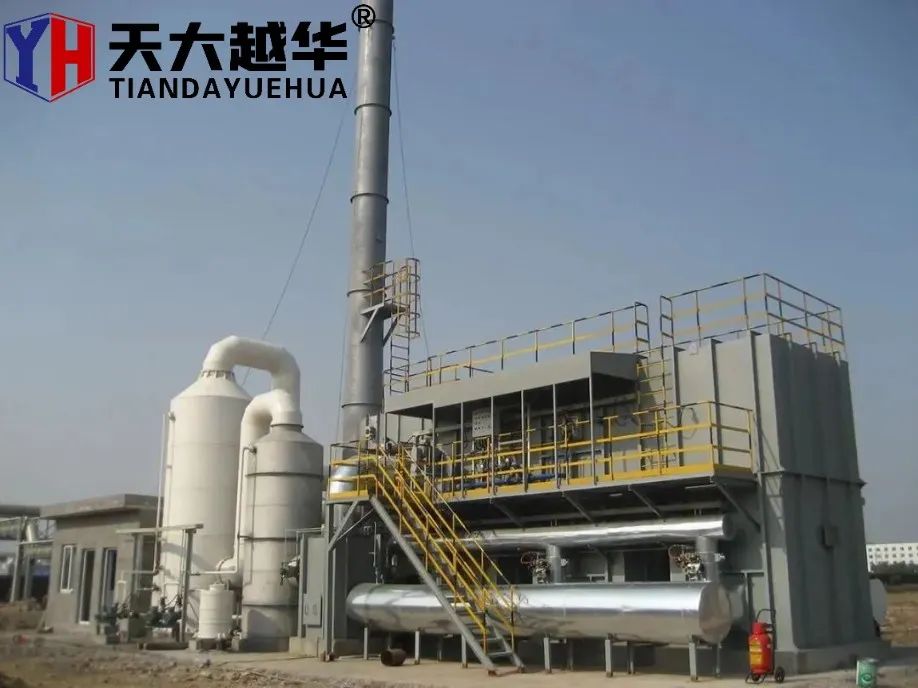The Future of Air Pollution Control: Innovations in Regenerative Thermal Oxidizers
2024-07-16
Introduction
As environmental regulations become more stringent and industries seek sustainable solutions, the role of Regenerative Thermal Oxidizers (RTOs) in air pollution control is more critical than ever. This blog focuses on the latest innovations in RTO technology, their impact on environmental compliance, and the future of air pollution control.
Innovations in RTO Technology
Advanced Ceramic Media
Recent advancements in ceramic media have significantly enhanced the performance of RTOs:
- Higher Heat Transfer Efficiency: New ceramic materials offer superior heat transfer rates, improving thermal efficiency.
- Increased Durability: Enhanced resistance to thermal shock and wear extends the lifespan of RTO components.
Digitalization and IoT Integration
The integration of digital technologies and the Internet of Things (IoT) has transformed the operation and maintenance of RTOs:
- Real-Time Monitoring: IoT-enabled sensors provide real-time data on system performance, allowing for immediate adjustments and optimizations.
- Predictive Maintenance: Advanced analytics can predict potential issues before they occur, reducing downtime and maintenance costs.
Hybrid Systems
Innovations in energy recovery have led to the development of hybrid systems that combine RTOs with other technologies:
- Heat Exchangers and Waste Heat Boilers: These systems maximize energy recovery, further reducing operational costs and energy consumption.
- Combined Heat and Power (CHP): Integrating RTOs with CHP systems can provide additional energy savings and efficiency.
Environmental Impact of Advanced RTOs
Enhanced Emission Control
With improved destruction efficiencies, modern RTOs can achieve VOC and HAP removal rates of up to 99.9%, ensuring compliance with the strictest environmental regulations:
- Reduction of Greenhouse Gases: By efficiently oxidizing pollutants, RTOs help reduce greenhouse gas emissions, contributing to global efforts against climate change.
- Protection of Public Health: Lower emissions of harmful pollutants improve air quality, protecting public health and the environment.
Energy and Cost Savings
The latest innovations in RTO technology result in significant energy and cost savings:
- Higher Thermal Efficiency: Advanced ceramic media and heat recovery systems reduce the amount of fuel required, leading to lower energy bills.
- Operational Flexibility: Enhanced control systems allow RTOs to operate efficiently under varying conditions, optimizing energy use and reducing operational costs.
The Future of Air Pollution Control with RTOs
Increasing Adoption Across Industries
As industries become more aware of their environmental impact, the adoption of RTOs is expected to increase:
- Manufacturing: The manufacturing sector will continue to integrate RTOs to control emissions from various production processes.
- Automotive: The automotive industry will rely on RTOs to manage emissions from painting and surface treatment processes.
Ongoing Research and Development
Continuous research and development will drive further innovations in RTO technology:
- New Materials: The development of new materials with higher heat transfer rates and durability will enhance RTO performance.
- Advanced Control Algorithms: The integration of artificial intelligence and machine learning will optimize RTO operations, improving efficiency and reliability.
Case Studies: Successful Implementation of Advanced RTOs
Case Study 1: Pharmaceutical Manufacturing
A pharmaceutical company integrated an advanced RTO system with real-time monitoring and predictive maintenance capabilities. The result was a 25% reduction in energy consumption and a significant improvement in emission control, ensuring compliance with stringent industry regulations.
Case Study 2: Automotive Industry
An automotive manufacturer implemented a hybrid RTO system combined with a waste heat boiler. This setup achieved a 30% reduction in fuel costs and a significant decrease in greenhouse gas emissions, aligning with the company's sustainability goals.
Conclusion
Regenerative Thermal Oxidizers (RTOs) are at the forefront of air pollution control technology. Recent innovations in ceramic media, digitalization, and hybrid systems have significantly enhanced their performance, making them indispensable for industries aiming to reduce their environmental impact. As technology continues to evolve, RTOs will play an increasingly critical role in achieving sustainable industrial practices and protecting the environment.



